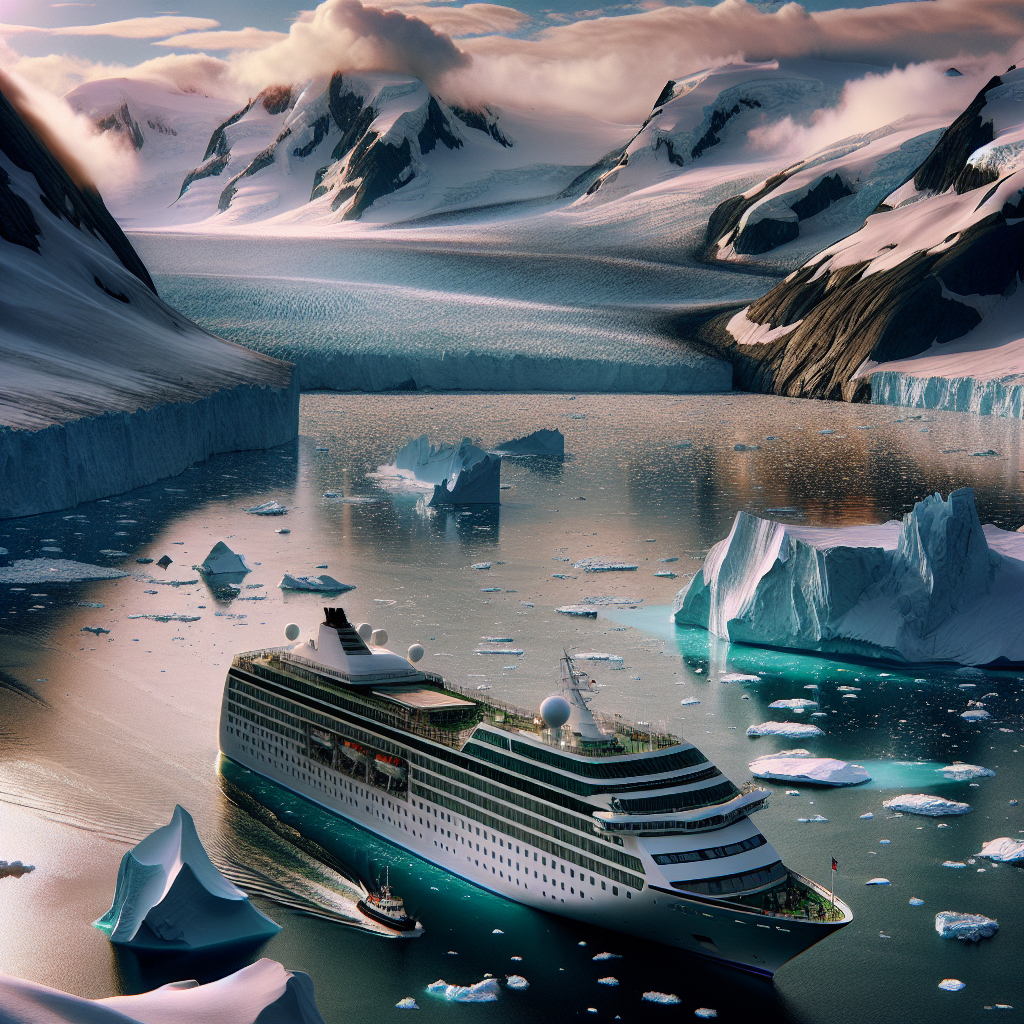As climate change continues to reshape our planet, previously inaccessible regions like the Arctic have opened up new frontiers for tourism. However, while the allure of pristine landscapes and unique wildlife attracts many, Arctic cruise ship tourism comes with a set of profound challenges. Let’s dive into the complexities that encompass this burgeoning sector.
Environmental Impacts
The Arctic is one of the most pristine and sensitive ecosystems on Earth. Thus, the influx of tourists on cruise ships can have significant environmental repercussions:
- Melting Ice and Rising Temperatures: The very existence of cruise tourism depends on the melting of polar ice, a serious consequence of global warming. The irony is that the industry contributing to the awareness of climate change is also influencing it.
- Wildlife Disturbance: The presence of large ships can disturb marine life such as whales, seals, and birds, causing stress and behavioral changes that can harm local wildlife populations.
- Pollution: Cruise ships generate waste and emissions that are especially harmful in such a fragile ecosystem. Despite improved waste management practices, the potential for oil spills and other pollutants remains a threat.
Regulatory Hurdles
Navigating Arctic waters involves a labyrinth of regulations and maritime laws from multiple countries:
- International Maritime Regulations: The Polar Code by the International Maritime Organization (IMO) sets guidelines for ships operating in polar waters to ensure safety and environmental protection. However, enforcement can be challenging due to the remoteness and harsh conditions of the Arctic.
- National Guidelines: Countries with Arctic territories, like Canada and Russia, have their own stringent regulations that ships must follow. Navigating these can require permit applications, compliance with specific environmental regulations, and even local pilotage.
Safety Concerns
The Arctic environment is unpredictable and hazardous, making safety a major concern:
- Harsh Weather: Arctic weather can change rapidly, and extreme conditions pose risks to both ships and passengers. Navigators need to be especially skilled to handle sudden changes like snowstorms and ice flows.
- Lack of Infrastructure: Rescue and emergency services are sparse. Should an accident occur, the remoteness can make rescue operations extremely challenging and slow.
- Navigation Difficulties: Navigating through ice-infested waters requires advanced technology and highly trained staff. Even with modern equipment, there’s always a risk of running aground or encountering uncharted icebergs.
Economic Effects
While the economic benefits can be substantial, they’re unevenly distributed and come with complications:
- Seasonal Jobs: The cruise season in the Arctic is short, often limited to the summer months. This makes it difficult for locals to rely solely on tourism for year-round employment.
- Community Impact: The sudden influx of tourists can place a strain on small local communities, from waste management to the sudden rise in demand for goods and services.
- Local Economy: While tourists may spend money, much of the profit from Arctic cruises goes to foreign companies rather than local economies, limiting the long-term economic benefits for Arctic communities.
Ethical Considerations
With the Arctic environment and communities under spotlight, ethical considerations come to the fore:
- Indigenous Cultures: The Arctic is home to several indigenous groups. Tourism can both positively and negatively impact their lifestyles, raising questions about cultural preservation and respect.
- Sustainable Tourism: Companies must weigh profitability against sustainability. The push for greener technologies and practices in the industry is growing but needs to match the pace of tourism growth.
Technological Innovations
Innovation can play a crucial role in addressing many of these challenges:
- Green Technologies: Many companies are investing in cleaner, more efficient engines and waste management systems to reduce their ecological footprint.
- Advanced Navigation: Enhanced GPS and navigational tools can help ships traverse the Arctic more safely, minimizing the risk of accidents and environmental damage.
- Emergency Preparedness: New technologies in communication and rescue operations can significantly improve safety for passengers and crew.
The Path Forward
While the challenges are considerable, solutions are within reach. The future of Arctic cruise ship tourism will likely depend on a balanced approach that prioritizes:
- Sustainability: Investing in green technologies and practices will be crucial for minimizing the environmental footprint.
- Community Involvement: Engaging local communities in planning and decision-making can ensure that tourism benefits everyone involved.
- International Collaboration: Working together on global regulations and emergency preparedness can make Arctic cruise tourism safer and more environmentally responsible.
In conclusion, the growth of Arctic cruise ship tourism is a multifaceted issue that requires careful consideration of environmental, regulatory, safety, economic, and ethical factors. The industry has the potential to flourish, but only if it takes a balanced and sustainable approach for the future.

